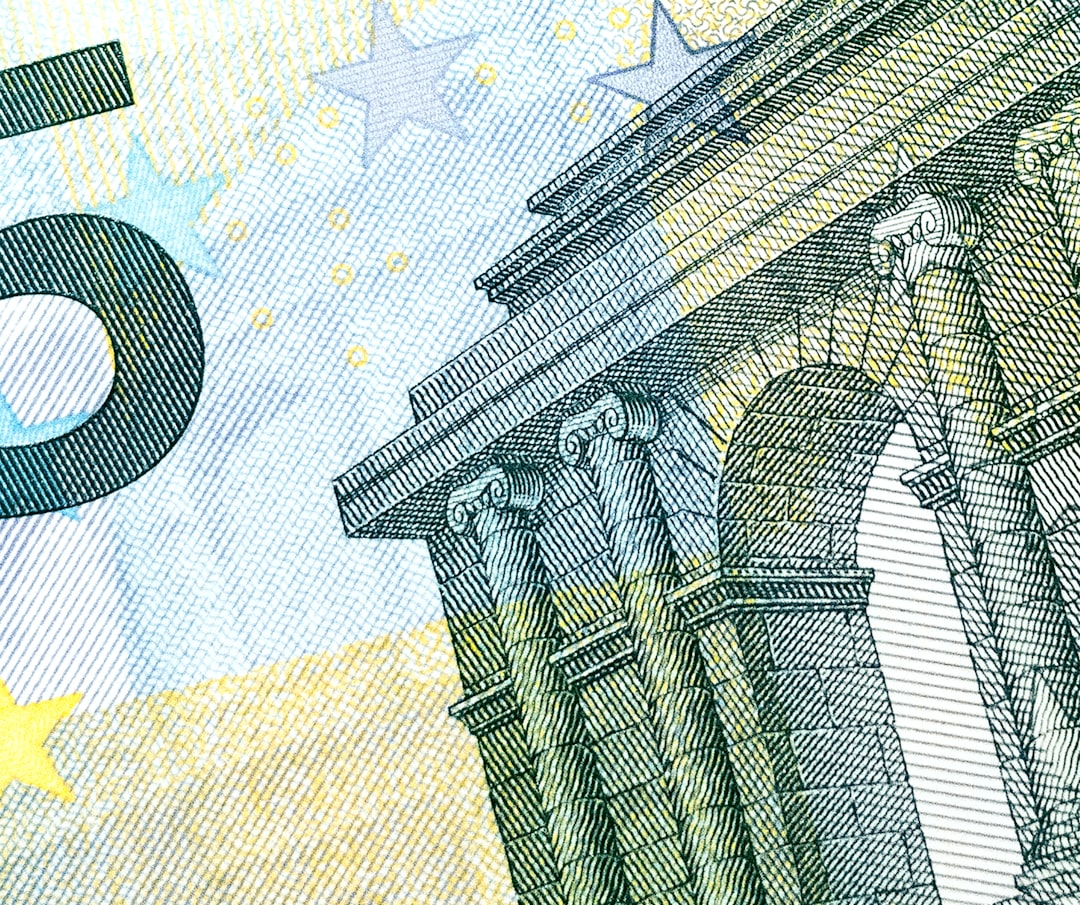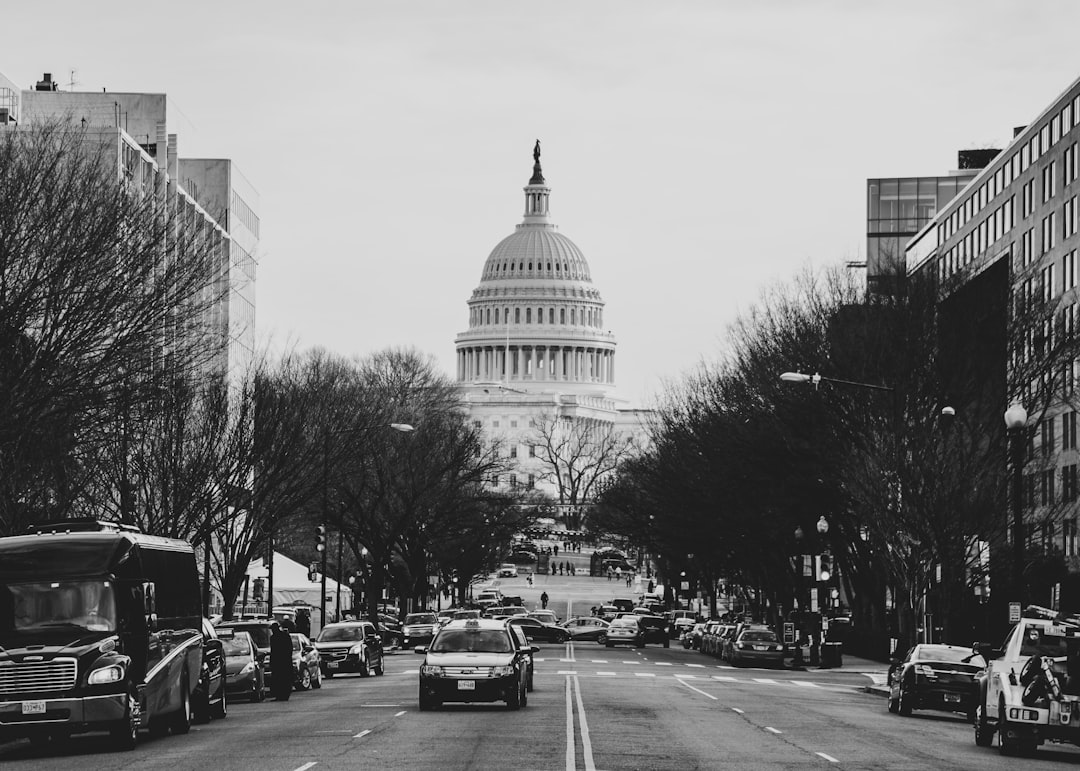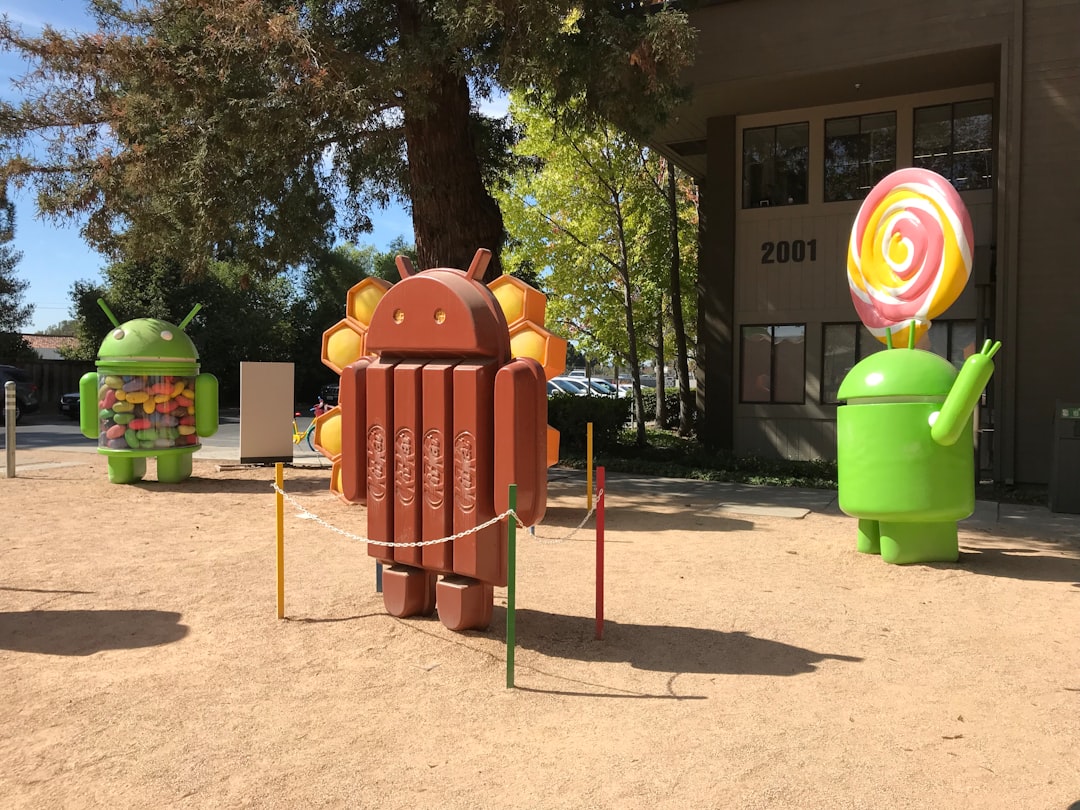Spotify Cuts The Biggest Check In Music History
IFPI reports stunning growth for global music while Congress proposes new online protections for copyright.

The undeniable growth of the music industry has been a consistant subject of this newsletter since we launched 14 months ago. And two new reports issued this week confirmed that 2021 was even bigger than previous years in terms of expanding revenue for a widening variety of artists.
The IFPI (International Federation of the Phonographic Industry) issued its annual report on how much money is flowing into coffers on a global level. And the numbers are stunning:
Total revenues for 2021 were $25.9 billion
The international recorded music market grew by 18.5% year-on-year
Paid subscription streaming revenues increased by 21.9% to $12.3 billion
There were 523 million users of paid subscription accounts at the end of 2021
These macro numbers were also reflected in the artist-level gains reported by Spotify, which updated its Loud & Clear website to capitalize on the good news. Among the headlines is that Spotify paid out $7 billion (“the highest annual payment from any single retailer in history”) to rights holders in 2021, a 40% increase from 2020. This number jives with other data points that show Spotify to represent roughly a third of the recorded music market.
Equally exciting was the news that 52,600 artists earned at least $10k in royalties, which the company says equates to about $40k in overall earnings across all DSPs. And over 15,000 of those acts were artist-direct, meaning they uploaded their own music for a few bucks and retained all of the earnings.
Combined with what we know about the growth of catalog streaming, these numbers affirm that those making money off of music are increasingly on the two ends of the spectrum. Either heritage acts pocketing endless passive revenue or independent acts operating with minimal assistance from traditional labels. Left in the lurch are what has generally been known as middle-class musicians who, unsurprisingly, are the ones that complain the loudest about low streaming payment rates. Yet these are also artists that make up a sizable chunk of the touring industry and earn their living off of ticket and t-shirt sales.
This reinforces the fact that in 2022, there are myriad ways to make money as a musician, some of which might not align with what the popular imagination sees as a successful artist. But it would be nice if the anti-streaming contingent took time off from Twitter when all of the numbers point towards a thriving global industry with what we suspect are more winners than ever before.
Please consider donating to UNICEF or the International Committee of the Red Cross to help those caught in conflict. 🇺🇦
TAKEAWAYS
Salient statements from this week’s music news.
1. Senators Introduce the Bipartisan ‘SMART Copyright Act,’ Claiming That the Bill ‘Would Hold Tech Accountable’
The update to the 1998 Digital Millennium Copyright Act would mandate both platforms and ISPs do more to provide “technical protections” for material covered by copyright.
Takeaway: Maximum statutory damages (as opposed to the default actual damages) per violation would be tied to the number of infractions, the legislation states – including $200 to $25,000 (up to $150,000) apiece, $5,000 to $400,000 (up to $800,000) for two or more violations, and “not more than triple” the latter or actual damages for three or more violations.

2. Apple’s Music Recognition App Shazam Is Also a Concert Discovery Platform Now
Apple seems to be building an IRL discovery ecosystem that combines the music you hear out with going out to hear music.
Takeaway: They can launch a Shazam Artist page to explore dates, times and locations of upcoming live shows, tap on any concert to view additional tour information, share show details, and add events to their calendar.

3. Google to Allow Spotify to Take Direct Payments Within Its Android App
Avoiding the 30% app store fee could incentivize Spotify to create more premium monetization experiences within the app.
Takeaway: Spotify already hands over up to 70% of its revenue to the music industry. That means that, realistically, to take in-app payments Spotify would have to pass on the Apple or Google commission to the customer, making its subscription streaming service look more expensive than those run by, well, Apple and Google.


